You can witness the different and unique cultures, every 10 kilometres in India. Each of these cultures has its own unique art forms, which is what makes up the Indian Artisans and Handicrafts industry as a whole. This industry provides a living for around 7 million craftsmen and 67000 exporters.
They are the ones who promote regional art and craftsmanship in domestic and worldwide markets. These beautiful handicrafts produced by Indian Artisans are the backbone of India’s non-agricultural rural economy; accounting for 15-20% of the country’s manufacturing workforce.
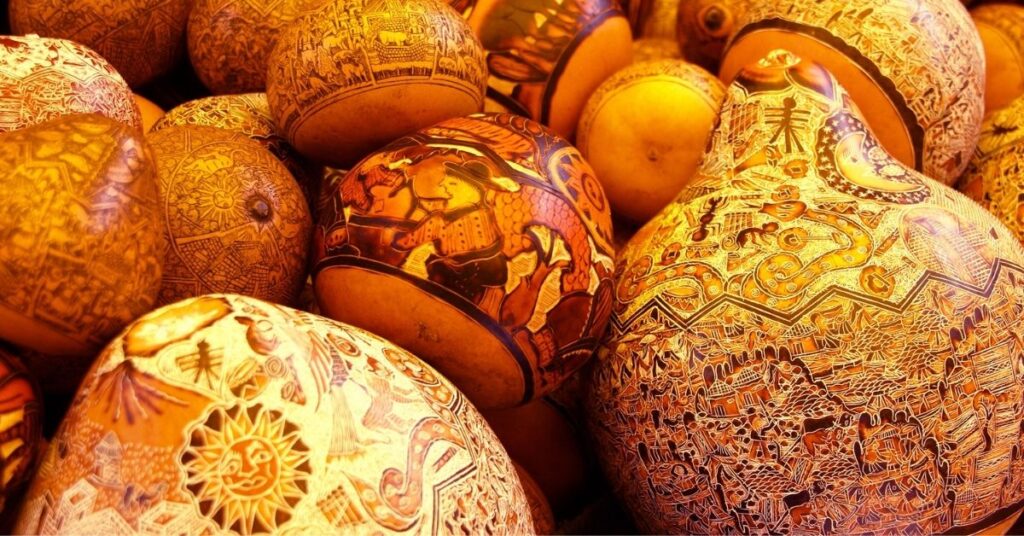
Who are Indian Artisans?
The most well known Indian artisans handicrafts are the Pashmina shawls from Kashmir. Similarly, artisans in West Bengal, Bihar, and Assam; well-known for their jute handicrafts, which are sold all over the world. Artisans in India’s northern states also have a magnificent legacy of woodworking. Artisans in Karnataka produce ‘Ilkal’ is a sari distinguished by vivid colours such as pomegranate red, peacock blue, and parrot green. This is simply a small glimpse of India’s enormous and diverse artisanal market.
Many modern Indian artisans have chosen to become entrepreneurs in order to preserve the survival of their art and livelihood. Meet a few of them!
Check out amazing handicrafts at https://indiachalk.com/blog/rann-utsav-what-handicrafts-to-buy-at-this-amazing-festival/
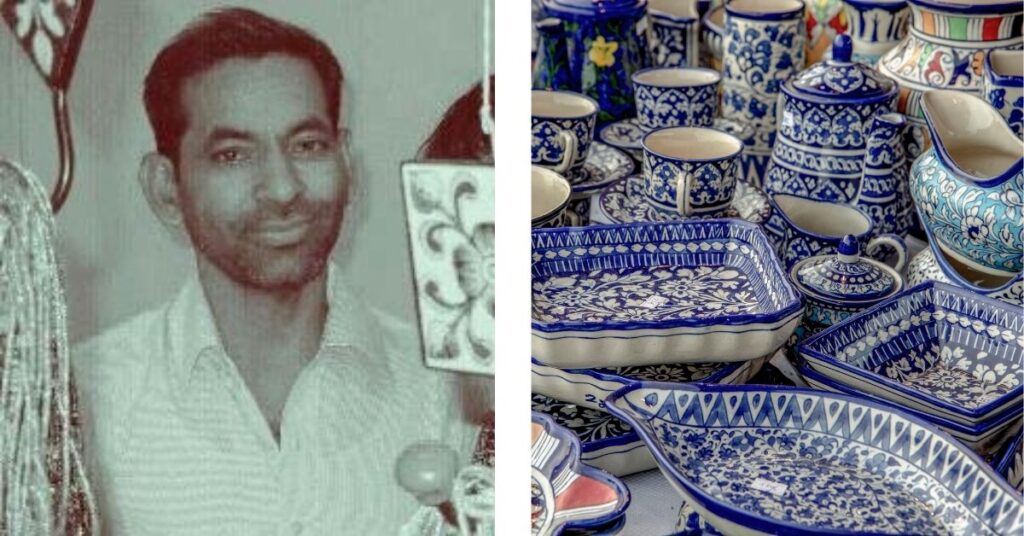
Ramnarayan Prajapat
Blue pottery is the only style of pottery that is created without the use of clay. Ramnarayan Prajapat travelled to Jodhpur at the tender age of 15 to learn about blue pottery. When he returned to his hometown of Kot Jewar, he established a tiny blue pottery business. Tourists from all over the world now come to Kot Jewar to witness the magnificent traditional Indian handicrafts.

GS Mani
Indian artisans do so much more than just making handicrafts! GS Mani is an artisanal cheese maker who founded ‘Kodai Diary Products’ in 1973, he and his son are instrumental in making the brand a household name today. Founded in the Uchapatti village, GS Mani, was the pioneer of inculcating the art of cheesemaking in modern India.
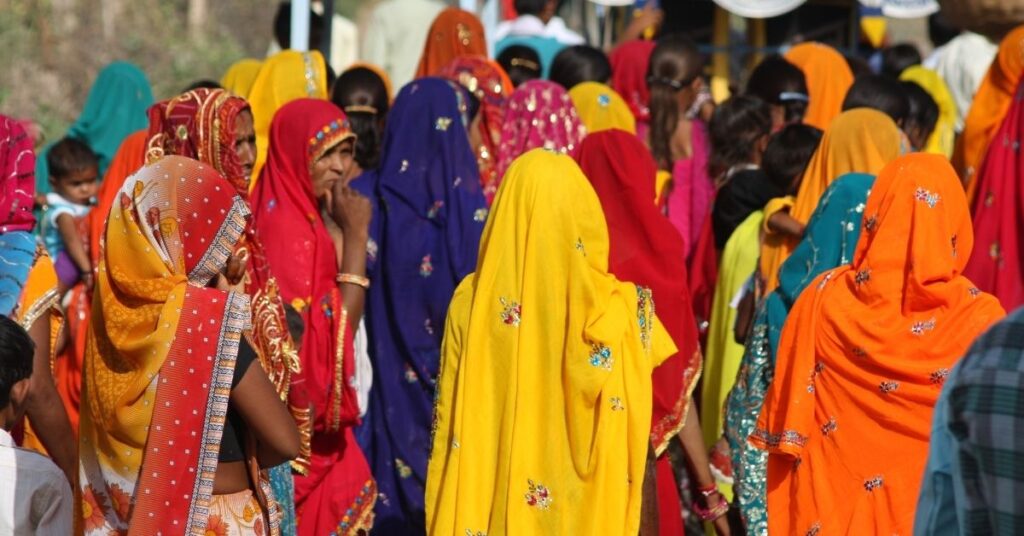
Godavari Women
Godavari Women, a team of craftswomen who make crocheted lace goods, enables women to rely entirely on their artisan talents for a living.
This group of 300 female weavers are based in Mandapeta, East Godavari District, Andhra Pradesh. Their collective initiative has also earned them free medical insurance, first aid, eye exams, and eyeglasses.
Living and Working conditions of Indian Artisans
Despite the diversity, every sect of this industry has its only challenges, the main one being a shortage of raw materials preventing the making of many Indian artisanal collections. Because of increased industrial and commercial demand, prices of raw materials have skyrocketed, limiting artisans’ purchasing power. For example, for many potters, clay is becoming increasingly difficult to obtain. Clay sources, which are typically near water sources, are being encroached upon everywhere for farming or housing.
The indiscriminate felling of trees is obliterating the trees that craftspeople rely on. There is a huge physical distance between where the artisans live and from where they can get raw materials. Rajasthani wood artisans in Barmer source teak from Madhya Pradesh and their main consumers for finished goods are in Bombay and Delhi. As a result, the number of ‘middlemen’ in the industry has increased.
Support from the government
To address challenges like these and empower Indian artisans, The Office of the Development Commissioner of the National Handicraft Development Programme has introduced four impactful schemes:
Ambedkar Hastshilp Vikas Yojna:
This scheme’s Dastkar Shashktikaran Yojna subdivision supports community empowerment by mobilising artisans into self-help groups. Following that, the implementing agency will write a diagnostic study report (DSR) in order to propose additional interventions in the cluster.
Mega cluster scheme:
The programme takes a mega cluster-based approach to scaling up infrastructure and production chains at unorganised handicraft centres that have not kept up with modernization and other advances. The goals include creating jobs and raising the living standards of existing craftspeople.
Marketing support and services scheme:
This section of the programme offers interventions to artisans for domestic marketing events, such as financial aid for organising or participating in marketing events in India. In addition, assistance is provided for renting built-up space at events hosted by other institutions. In addition, craft awareness and demonstration programmes are also part of the scheme.
Research and development scheme:
The schemes developed are based on periodic review and research undertaken by a government in-house research and development team. The programme was launched in order to solicit opinions on the economic, social, aesthetic, and promotional elements of various crafts and craftsmen in the industry. Sufficient information is not readily available for many surveys and studies; as well as on issues with the availability of raw materials, technology, and other factors.
Royal and aristocratic classes have always been big supporters of handicrafts. But their prominence has waned as India has become more industrialised. In the previous 30 years; the number of Indian artisans has decreased by 30%. Moreover, the vast majority of artisans work in their own houses in remote areas. When you invest in a piece of art made by an artisan, you are paying them for their art, time, effort and also their rich legacy. Not just that, the Indian artisanal market is one that is an environmentally friendly market thus ensuring that it furthers Indian art history!
Also follow India Chalk on Instagram for more amazing travel content. You can share your travel story with us. Reach out to us on email at contact[at]ndiachalk[dot]com. This blog is curated by India Chalk and written by Aryaki M.
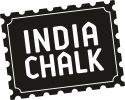

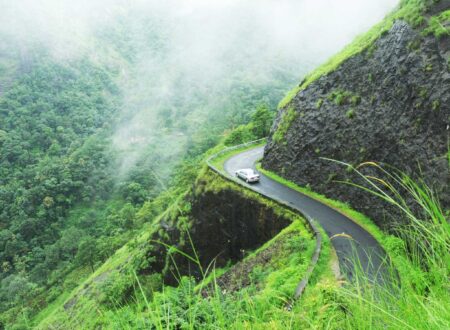
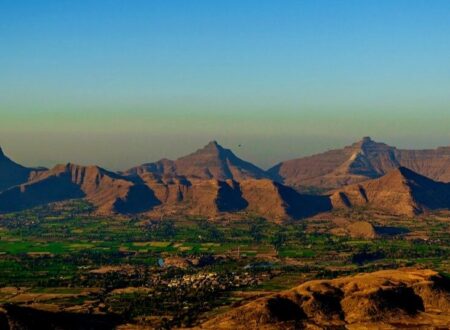


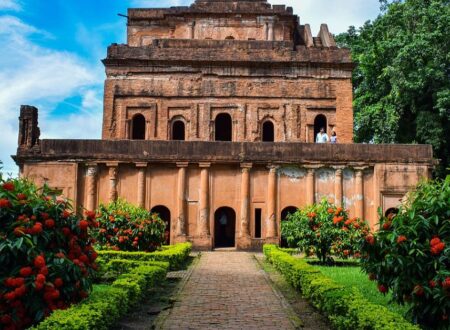
3 Comments